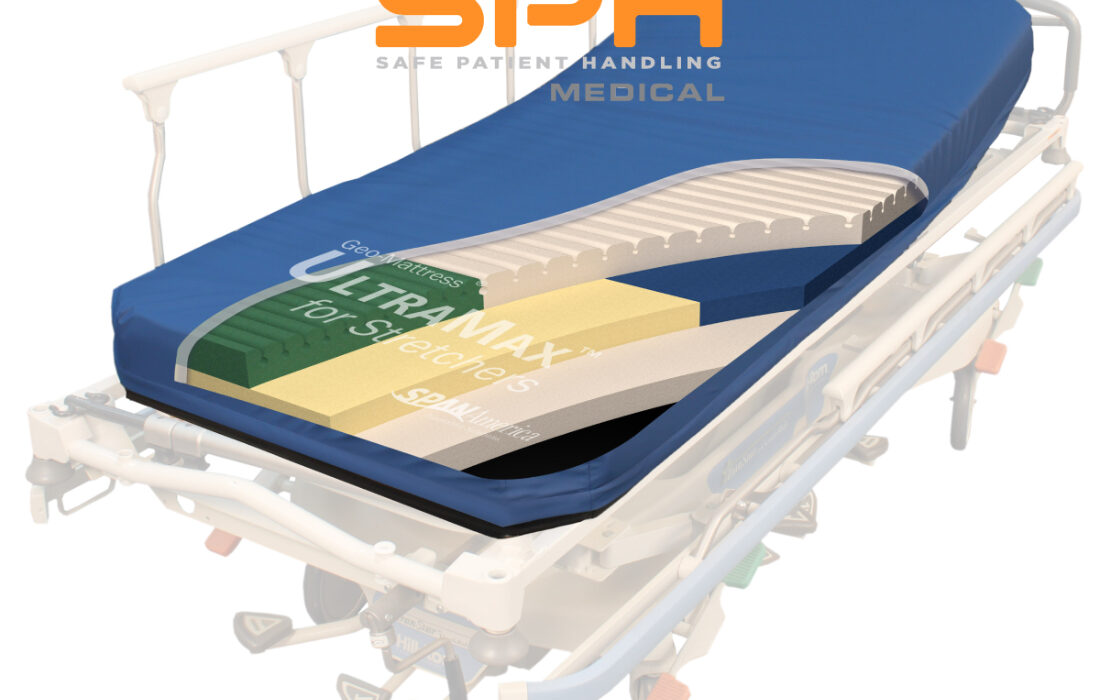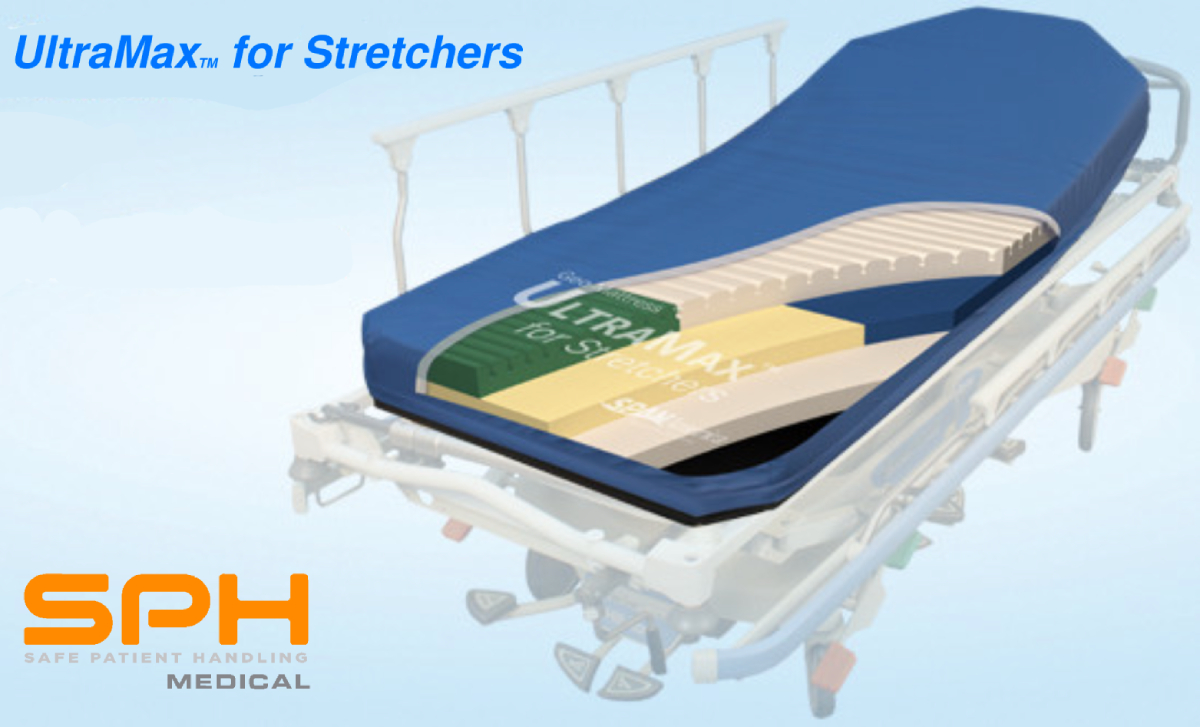Preventing Pressure Ulcers in Hospitals
Pressure ulcers, also known as bedsores or decubitus ulcers, are injuries that result from prolonged pressure on the skin1. These wounds commonly develop in areas where the bones are close to the skin, such as the heels, ankles, hips, and tailbone. The complications that arise from these ulcers, including infections and tissue damage, can significantly affect patient health and recovery. Therefore, it is crucial for healthcare organizations to adopt effective measures for preventing pressure ulcers in hospitals.
The Prevalence of the Problem
Regrettably, pressure ulcers are a prevalent issue within hospital settings, particularly among patients in emergency departments. Numerous risk factors contribute to the development of pressure ulcers, including immobility, debilitating illness, heart failure, chronic heart diseases, kidney disease, anemia, mental illness, Alzheimer’s disease, and even cleansing with soap and water. Current prevention methods have their limitations; repositioning may not always be feasible due to a patient’s condition, while special mattresses can be expensive and uncomfortable for some patients.
A Proactive Solution: SPH Medical’s Stretcher Pads
A game-changing solution to this pervasive problem lies in the use of stretcher pads. Designed to distribute a patient’s weight evenly, these pads significantly lower the risk of ulcer development by reducing pressure on any single area of the body. The simple act of replacing conventional stretcher pads with ones specifically designed for pressure redistribution can significantly elevate the overall quality of care. Many hospitals have successfully incorporated this straightforward, yet effective strategy into their pressure ulcer prevention protocols.
Key Factors for Preventing Pressure Ulcers in Hospitals
In the quest to enhance patient care and mitigate the prevalence of pressure ulcers, healthcare providers must be discerning in their selection of stretcher pads. There are several key factors that should guide this crucial decision.
Firstly, durability is a significant consideration. The stretcher pads should be able to withstand the rigors of frequent use without compromising their effectiveness. They should retain their structural integrity and pressure redistribution capabilities even after repeated usage. High-quality materials and robust construction are hallmarks of durable stretcher pads.
Comfort, too, is paramount. Stretcher pads should provide a supportive and comfortable surface for patients, helping to alleviate discomfort during potentially long waiting periods in emergency departments. A comfortable pad can contribute to a more positive patient experience, which is a core aspect of patient-centered care. Pressure redistribution capabilities are another essential attribute of an effective stretcher pad. The pads should be designed in such a way that they distribute the patient’s weight evenly, reducing the pressure on any one area of the body. This is crucial in lowering the risk of ulcer development.
In addition to these considerations, regular maintenance and timely replacement of stretcher pads are critical to ensuring their effectiveness in preventing pressure ulcers. This includes regular cleaning to maintain hygiene and routine checks for signs of wear and tear. Replacement should occur as per manufacturer guidelines or when the pad shows signs of diminished performance.
Ultimately, it’s not just about having the right equipment – it’s about ensuring that equipment is maintained in the best possible condition to fulfill its purpose effectively and efficiently. By considering these factors, healthcare providers can make informed decisions that enhance patient comfort and safety while mitigating the risk of pressure ulcers.
Conclusion: A Call to Prioritize Pressure Ulcer Prevention
In conclusion, the necessity for effective preventative measures against pressure ulcers is paramount in healthcare settings. This is where a strategic investment comes into play – an investment in superior stretcher pads like those provided by SPH Medical. High-quality stretcher pads are not just a purchase; they’re a long-term investment in patient safety and comfort. By implementing a regular replacement schedule, healthcare facilities can ensure that these pads continue to deliver optimal performance over time. This proactive approach serves dual purposes: it prevents the onset of painful, sometimes severe medical complications and simultaneously enhances the overall patient experience.
Furthermore, it’s essential to take note of the significant financial benefits that come with this investment. By reducing the incidence of pressure ulcers, hospitals can decrease the associated costs of extended hospital stays, additional nursing care, and potential lawsuits. This results in substantial cost savings in the long run, proving that the return on investment for quality stretcher pads is indeed high.
Moreover, improved patient satisfaction is an invaluable return on this investment. A comfortable patient is a satisfied patient. And a satisfied patient not only contributes to a positive reputation for the hospital but may also lead to higher patient retention rates.
So, it’s time for healthcare organizations to prioritize and act. Investing in preventative measures such as high-quality stretcher pads from SPH Medical isn’t just about preventing pressure ulcers; it’s about improving patient care, boosting satisfaction, and realizing significant cost savings. Make the smart choice today choose SPH Medical for your stretcher pad replacements and witness the transformative impact on your healthcare facility.


